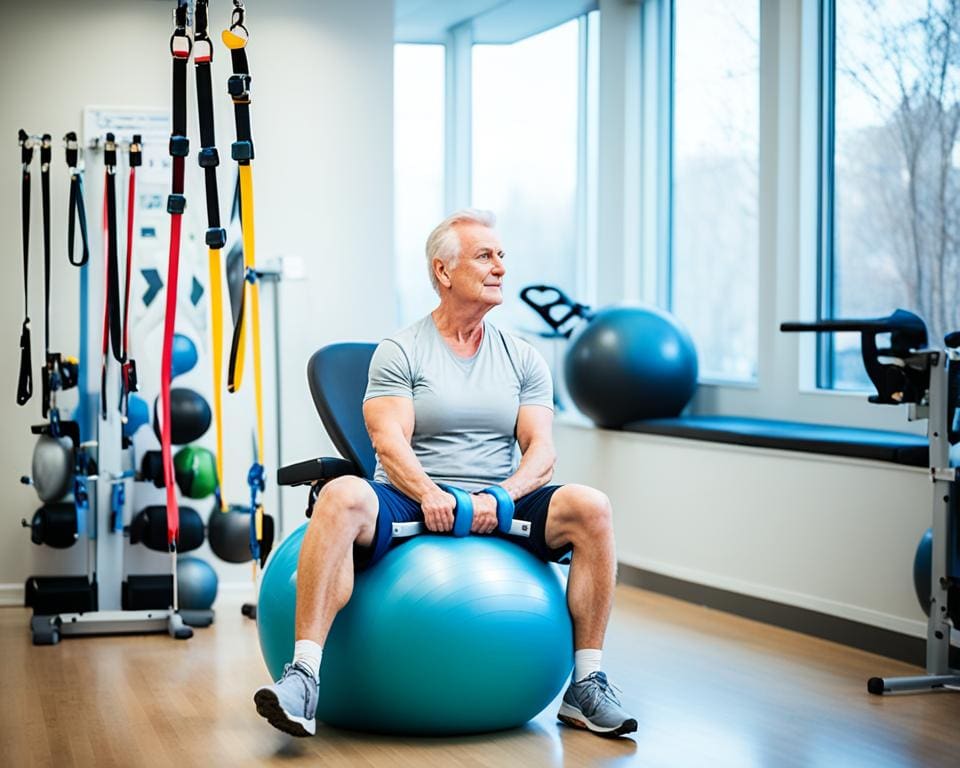Embarking on the journey of rehabilitation after surgery can feel both daunting and hopeful. It is a pivotal process that significantly influences overall recovery outcomes. Understanding the surgery recovery timeline equips patients with the knowledge of what to expect, fostering a sense of control and motivation. Throughout this article, we will explore essential postoperative care steps and the guidelines towards a successful recovery progress after surgery. By staying informed and engaged, patients are more likely to adhere to rehabilitation protocols, paving the way for a smoother recovery experience.
Understanding the Surgery Recovery Timeline
Understanding the surgery recovery timeline is essential for setting realistic expectations throughout your healing journey. Recovery from surgery typically unfolds in three distinct phases: the initial recovery phase, middle stage recovery, and final stages of recovery. Each stage plays a crucial role in helping patients regain their strength and functionality.
The Initial Recovery Phase
The initial recovery phase usually spans the first few days to weeks after surgery. This period is critical for minimizing pain and preventing complications. Patients are often encouraged to rest, as this is vital for effective healing and reducing the risk of infection. Being attentive to the body’s signals during this phase can significantly influence overall recovery.
Middle Stage Recovery: What to Anticipate
As patients progress to middle stage recovery, which may last several weeks to a few months, rehabilitation exercises become a focal point. Gentle physical therapy often commences during this stage, promoting regaining strength and mobility. Patients can expect tailored exercises designed to gradually enhance their physical capabilities, ensuring a safe return to daily activities.
Final Stages of Recovery
The final stages of recovery occur over the ensuing months as patients continue to work toward their long-term goals. This phase often includes progressively intensive physical therapy sessions that specifically target areas impacted by surgery. A comprehensive understanding of the surgery recovery timeline empowers patients to stay proactive, ensuring a smoother rehabilitation process.

Rehabilitation After Surgery: What to Expect
Embarking on the journey of rehabilitation after surgery can feel overwhelming, yet understanding common rehabilitation goals and setting realistic physical therapy expectations can make a significant difference in the recovery process. This phase of recovery serves a vital role in achieving overall wellness.
Common Rehabilitation Goals
Establishing clear objectives is key to navigating the rehabilitation process effectively. Common rehabilitation goals often include:
- Regaining functional movement
- Restoring strength
- Preventing complications
- Ensuring a smooth return to daily activities and interests
Maintaining motivation while pursuing these recovery goals after surgery can enhance outcomes. It’s crucial for patients and healthcare providers to communicate effectively about expectations and achievable milestones throughout the surgical rehabilitation process.
Physical Therapy Expectations
Engaging with a qualified physical therapist is an essential component of the surgical rehabilitation process. Patients should anticipate:
- Regular sessions designed to address individual needs
- Tailored exercises to build strength and enhance flexibility
- Guidance on pain management strategies
Active participation in these sessions is vital for success. Understanding that consistency will drive progress inspires patients to commit to their rehabilitation journey. Many patients find that working diligently with their therapist fosters significant improvements in recovery and overall well-being.
Postoperative Care Steps: Essential Practices
Effective postoperative care is crucial for achieving optimal recovery progress after surgery. Implementing essential practices can lead to a smoother healing process and minimize complications. A comprehensive approach ensures patients are informed and supported throughout their recovery journey.
Managing Pain and Discomfort
Managing pain and discomfort is a vital component of postoperative care steps. This process may involve a combination of pain medications, physical therapy, and adequate rest. Patients should actively communicate with their healthcare team about their pain levels. Adjusting treatment plans based on feedback can significantly improve comfort and facilitate the healing process.
The Importance of Follow-Up Visits
Follow-up visits are critical in monitoring recovery progress after surgery. These appointments allow healthcare providers to assess healing, identify potential complications, and modify rehabilitation plans as necessary. Consistent check-ins reassure patients that their recovery journey is on the right track, fostering confidence and peace of mind as they regain their strength.
Developing Your Rehabilitation Program Duration
The rehabilitation program duration can differ greatly based on various factors, notably the type of surgery and the individual circumstances of each patient. Factors such as age, pre-existing conditions, and personal health aspirations significantly impact how long recovery may take. It is crucial to engage with healthcare professionals to create a personalized plan that promotes optimal healing and recovery.
Regular assessments throughout your rehabilitation journey are vital to gauge your recovery progress after surgery. These evaluations allow your healthcare team to modify your program based on how well you are responding to treatment and whether you’re meeting your recovery goals. This tailored approach ensures that each phase of your recovery is thoroughly addressed and that objectives remain achievable within a practical timeframe.
Emphasizing flexibility in your rehabilitation program duration is key. Adapting your program based on ongoing feedback will not only enhance your recovery experience but also empower you to take an active role in your health journey. Establishing realistic expectations with your physicians will make all the difference in achieving a fulfilling and successful recovery.









